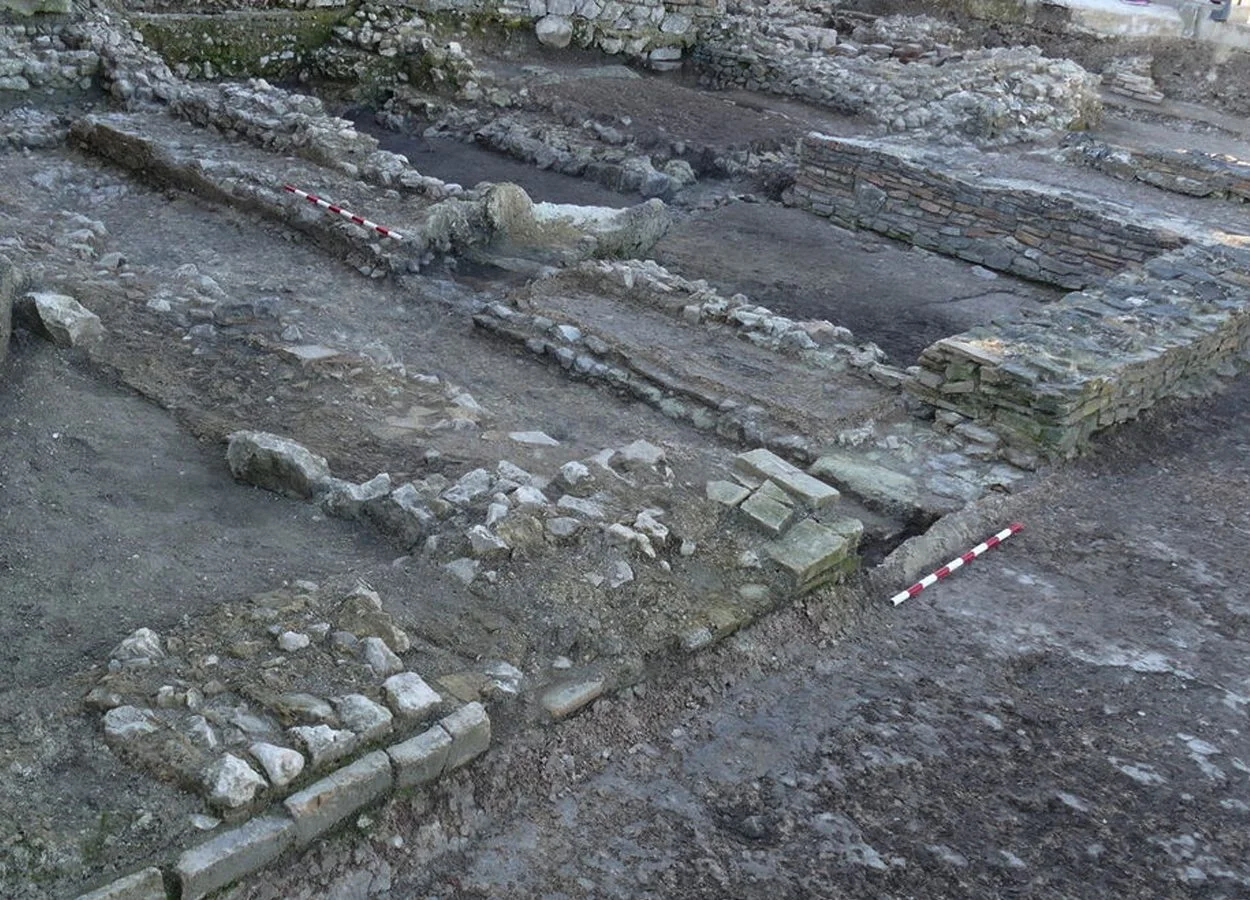Archaeologists excavating at the Villa del Mitra, located in the city of Cabra, Spain, have found a sanctuary dedicated to Mithras.
During the 1st century AD, a cult dedicated to Mithras emerged that spread to all corners of the Roman Empire. Worship was a Romanised form of the Indo-Iranian god Mithra, although the level of continuity between Persian and Greco-Roman practice is debated.
The Villa del Mitra is a Roman villa dating from the 1st century AD, in what was the Roman city of Licabrum. The villa is named after the Mitra de Cabra sculpture discovered in situ, an ornate 2nd century AD statue which depicts Mithras sacrificing a bull, a symbol of death and resurrection.
The first official excavation of the villa was carried out in 1972-73, discovering a courtyard containing a pond, and several adjacent rooms with mosaic flooring. Ongoing excavations in 1981 found the remains of a hypocaust, a system of underfloor heating, and several coins depicting Philip the Arab, Diocletian, and Valentinian II.

Recent excavations conducted by archaeologists from the University of Málaga, the Carlos III University of Madrid, and the University of Córdoba, have discovered the remains of a sanctuary dedicated to Mithras that dates from the 2nd century AD, with a second construction phase from the end of the 3rd century AD.
The sanctuary is a rectangular room located to the southwest of the domus, measuring 7.2 by 2.5 metres. It has a narrow entrance, that descends several steps leading into the sanctuary that has two flanking stone benches.
The team suggest that these benches were used by worshipers who would sit to perform rituals and conduct feasts in honour of Mithras. The walls have fragments of Roman bricks, one of which has two holes or niches which would likely have held a tauroctony sculpture.
A dark burnt layer covers the floor, which upon a closer examination has revealed fragmented remains of pigs, birds and rabbits, suggesting evidence of cooking during the ritual banquets.
Header Image Credit : el Dia De Cordoba





